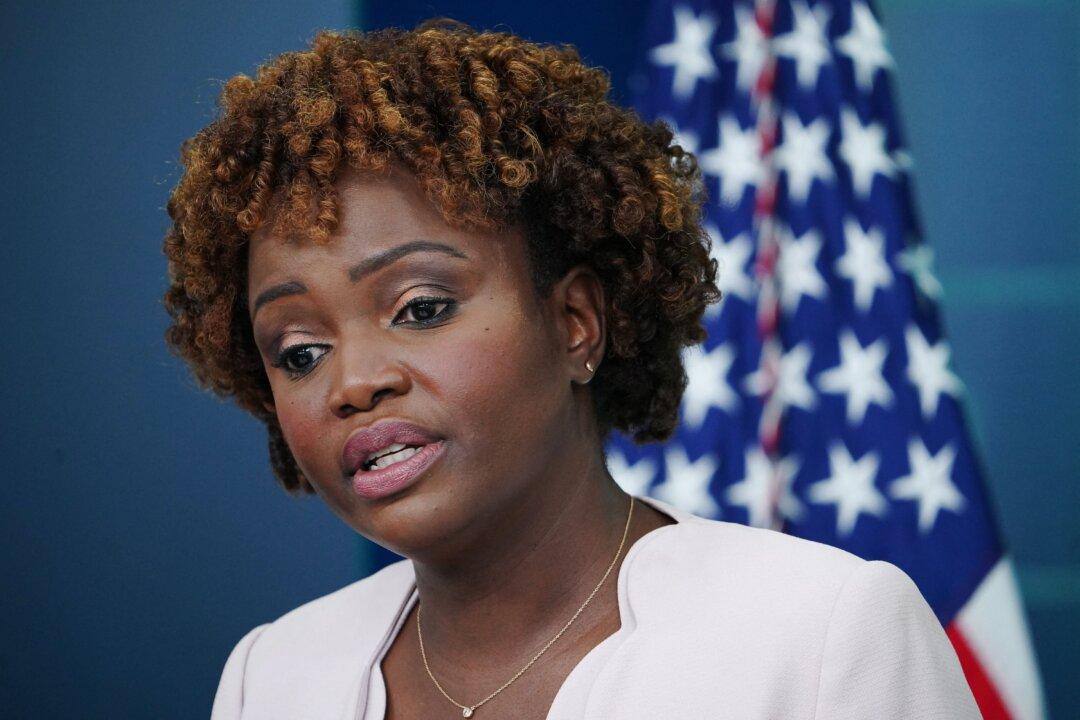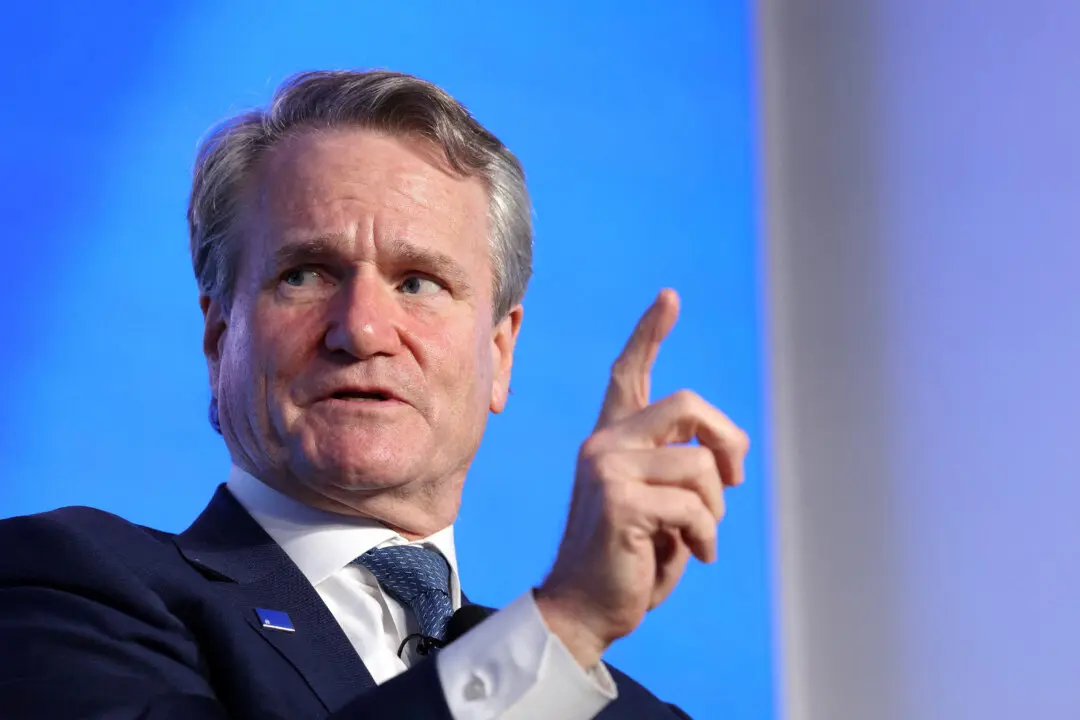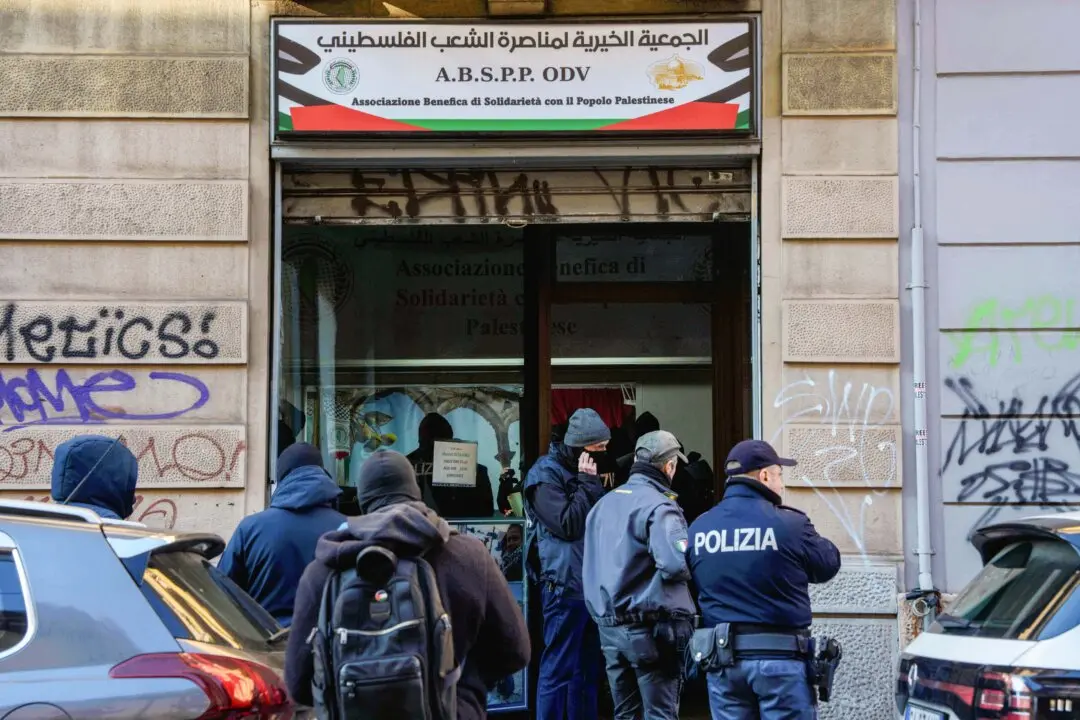The White House said Friday that President Joe Biden’s student loan debt forgiveness program would cost taxpayers $24 billion per year but that it considers it “fully paid for” because it’s offset by the administration’s deficit reduction.
White House Press Secretary Karine Jean-Pierre disclosed the Biden administration’s cost estimate for the debt wipeout program in an Aug. 26 statement, which came days after several independent estimates put the figure at between $33 billion and $50 billion per year.





